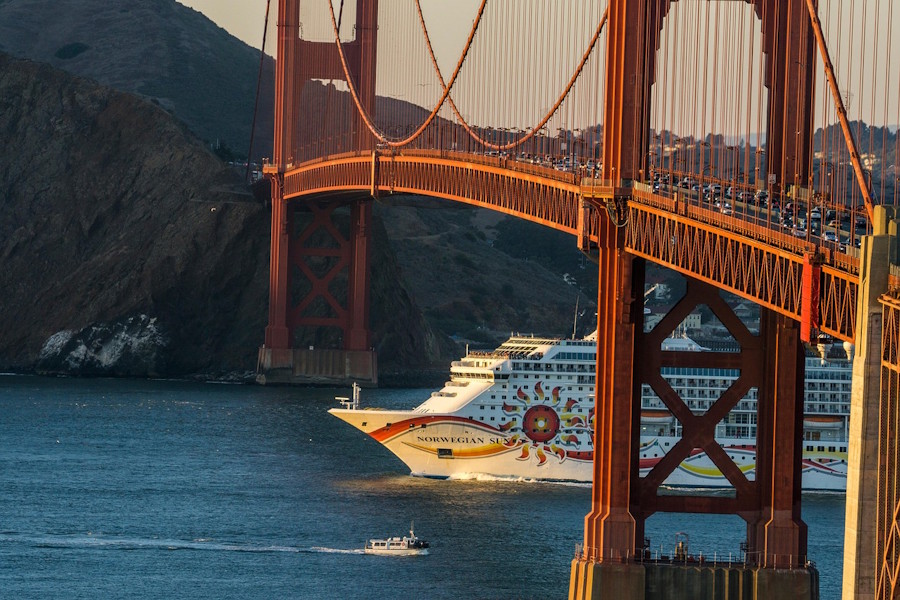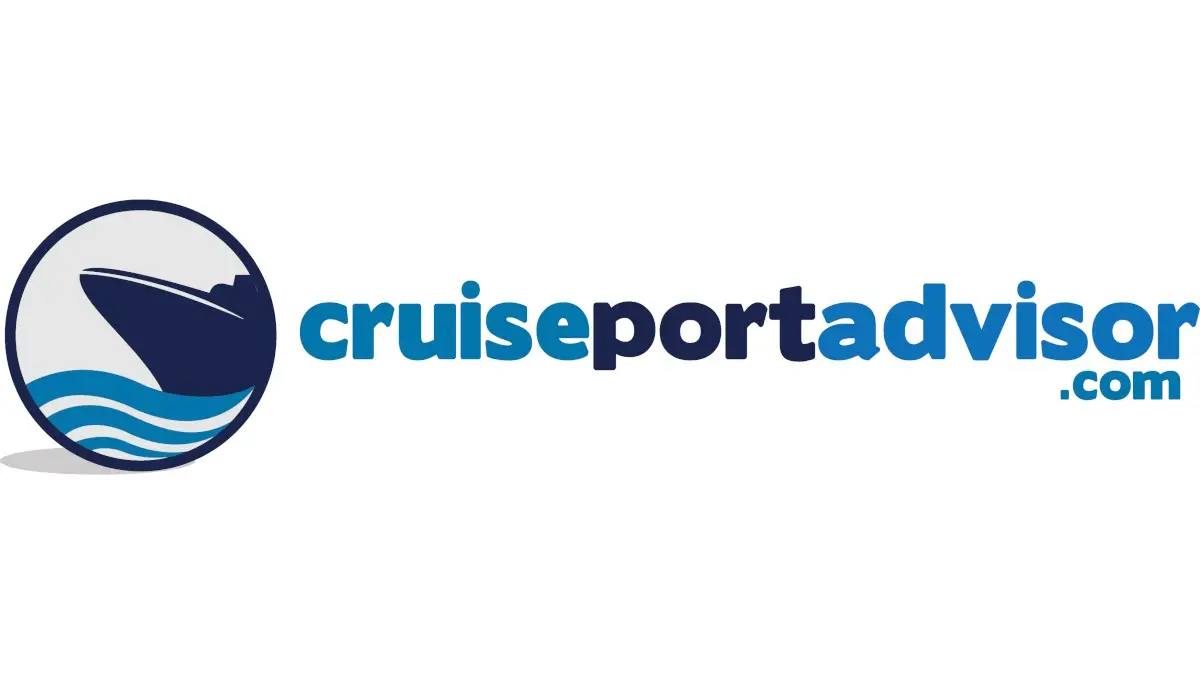Home » Do cruise lines search luggage before boarding?
Do cruise lines search luggage before boarding?
Updated May 8th, 2025
This depends on your boarding experience, but in general they “can” search your luggage, although they often don’t. At least not physically, by a person unless they are suspicious of what’s in your suitcase.
Cruise lines prioritize passenger and crew safety. They enforce strict compliance with maritime regulations. Luggage screening is a mandatory procedure before boarding. This process safeguards everyone onboard.
It also aligns with international maritime laws. This expanded article delves into the intricacies of luggage screening. It explains what passengers can expect. It provides practical tips for smooth embarkation.
Understanding these procedures helps travelers prepare effectively. Here’s helpful article that tells you What & HOW to Pack for a Cruise + Packing Checklist.
Overview of the Luggage Screening Process
Cruise lines implement rigorous luggage screening protocols. These mirror airport security measures. The goal is to prevent prohibited items from boarding. All luggage undergoes screening before passengers board.
This includes checked bags, carry-ons, and personal items. Screening occurs at the cruise terminal. It happens after check-in but before boarding.
Checked luggage is scanned using advanced technology. X-ray machines are commonly used. Large cruise terminals, like those in Miami, Fort Lauderdale, or Southampton, employ high-capacity scanners.
These expedite the process for thousands of bags. Once cleared, checked bags are delivered to passengers’ staterooms. Delivery usually takes a few hours. Delays may occur on larger ships with high passenger volumes.
Carry-on bags are screened at security checkpoints. These checkpoints feature X-ray scanners and metal detectors. Passengers may need to remove items like laptops or liquids. These items undergo separate screening. This process resembles airport security protocols. In some cases, manual inspections occur.
This happens if an item triggers concerns during scanning. Cruise lines advise keeping carry-ons minimal. Avoiding unnecessary items speeds up the process.
Detailed Procedures for Checked and Carry-On Luggage
Checked luggage screening is highly systematic. Bags are loaded onto conveyors for X-ray scanning. This identifies prohibited items or anomalies. Trained security personnel monitor the scans. Suspicious items may prompt manual checks.
Once cleared, bags are sorted and delivered to cabins. Passengers typically find their luggage in their staterooms shortly after boarding.
Carry-on screening is more hands-on. Passengers pass through metal detectors. Their bags go through X-ray machines. Security staff may ask passengers to open bags. This happens if unclear images appear on scanners.
Liquids, electronics, or dense items often trigger additional checks. Passengers should organize carry-ons for easy access. This reduces delays during inspections.
Some cruise terminals use canine units. These dogs are trained to detect prohibited substances. Their presence enhances security. They also speed up the screening process. Passengers should remain calm around security dogs. Following staff instructions ensures efficiency.
Prohibited Items and Cruise Line Policies
Cruise lines enforce strict rules on prohibited items. These rules ensure safety and compliance. Common prohibited items include:
- Weapons and Sharp Objects: Firearms, knives, and scissors are banned. These items may lead to denied boarding. Security confiscates them immediately.
- Flammable or Hazardous Materials: Candles, incense, and fireworks are not allowed. Flammable liquids also pose risks. These items are strictly prohibited.
- Certain Electronics: Hot plates, irons, and extension cords are fire hazards. Most cruise lines permit hair dryers and shavers. High-wattage devices may face restrictions.
- Alcohol and Beverages: Many cruise lines limit alcohol. Some, like Carnival or Royal Caribbean, allow one bottle of wine per adult. Non-alcoholic beverages may also have restrictions. Sealed water bottles are often allowed for medical needs.
- Drones and Recreational Equipment: Drones, skateboards, and hoverboards are banned. These items pose safety risks.
Each cruise line provides a detailed list of prohibited items. These are available on their websites. Passengers should review these before packing.
Confiscated items are usually stored securely. They are returned at the cruise’s end. Policies vary by cruise line and port. Non-compliance can lead to delays or penalties.
Special Considerations for Medications and Medical Devices
Passengers with medical needs face additional considerations. Prescription medications are allowed. They must be in original containers. Clear labeling is required.
A doctor’s note is necessary for controlled substances. Injectable drugs also require documentation. This prevents scrutiny during screening.
Medical devices are permitted. Examples include CPAP machines and wheelchairs. Passengers must declare these during booking. This ensures proper accommodations.
Some cruise lines, like Norwegian Cruise Line or Princess Cruises, require advance notice for oxygen tanks. This complies with safety protocols. Proper documentation avoids delays. It also ensures accessibility onboard.
Passengers should carry medications in carry-ons. This prevents issues if checked luggage is delayed. Medical devices may require additional screening. Passengers should allow extra time. Cruise lines provide assistance for those with mobility needs. Accessible screening lanes are often available.
Screening at Ports of Call
Luggage screening extends beyond embarkation. Passengers face checks when returning from shore excursions. Carry-on bags, souvenirs, and purchases are screened.
This prevents prohibited items from boarding. Examples include fresh produce or alcohol bought ashore. These items may violate ship policies.
Customs officials may conduct inspections. This is common in regions like the Caribbean or Mediterranean. They enforce local regulations. Passengers should declare purchases. This avoids penalties or confiscation.
Wheelchair users or those with mobility aids may need extra time. Accessible lanes are typically provided. Cooperation with security staff ensures quick reboarding.
Tips for a Smooth Screening Process
Passengers can take steps to streamline screening. These tips minimize delays and complications:
- Review Prohibited Items: Check the cruise line’s website. Pack only permitted items. This avoids confiscation or delays.
- Pack Strategically: Place essentials in carry-ons. Medications, documents, and valuables should be easily accessible. This helps if checked luggage is delayed.
- Label Medications: Ensure prescriptions are clearly labeled. Carry supporting documentation. This prevents scrutiny during screening.
- Arrive Early: Allow extra time for security checks. Busy ports or peak boarding times can be hectic. Early arrival reduces stress.
- Declare Medical Equipment: Notify the cruise line about medical devices. Advance notice ensures smooth accommodations. This applies to items like oxygen tanks or wheelchairs.
- Limit Liquids in Carry-Ons: Follow TSA-like guidelines. Use 3.4-ounce containers in clear bags. This speeds up carry-on screening.
These steps enhance efficiency. They allow passengers to focus on their vacation.
Variations Across Cruise Lines and Ports
Luggage screening procedures vary slightly. Major cruise lines like Royal Caribbean Cruises, Carnival Cruises, and MSC Cruises follow standardized protocols.
Smaller or luxury lines may have unique rules. Viking Cruises, for example, enforces stricter carry-on policies. This is due to smaller ship sizes.
Ports also influence screening processes. U.S., European, and Australian ports have advanced systems. These include high-capacity X-ray machines.
Smaller or less-developed ports may rely on manual inspections. These can be slower and more thorough. Passengers should anticipate variations. Checking port-specific guidelines is advisable.
Technology and Innovations in Luggage Screening
Cruise lines invest in advanced screening technology. High-resolution X-ray machines are standard in major ports. These detect prohibited items with precision.
Some terminals use AI-assisted scanners. These identify anomalies quickly. This reduces manual inspections.
Canine units are increasingly common. They detect narcotics or explosives. Their use enhances security without slowing processes.
Some ports experiment with biometric screening. This includes facial recognition for faster passenger verification. These innovations improve efficiency. They also maintain high safety standards.
Passenger Responsibilities and Preparation
Passengers play a key role in smooth screening. Reviewing cruise line policies is essential. This includes prohibited items and documentation requirements.
Packing light reduces screening time. Organized carry-ons prevent delays. Cooperation with security staff is crucial. Following instructions avoids complications.
Passengers should check embarkation times. Arriving early allows for unexpected delays. Those with special needs should communicate in advance. This includes medical or accessibility requirements. Proper preparation ensures a hassle-free experience.
Impact of Screening on the Cruise Experience
Luggage screening enhances onboard safety. It protects passengers and crew. It also ensures compliance with maritime laws.
While screening may cause minor delays, it is a necessary step. Efficient processes minimize disruptions. Passengers who prepare accordingly face fewer issues.
Screening also builds trust. Passengers feel secure knowing checks are thorough. This allows them to enjoy their vacation fully. Understanding the process reduces anxiety. It sets the stage for a positive cruise experience.
In Conclusion
Luggage screening is vital for cruise travel. It ensures safety and regulatory compliance. Passengers can navigate this process easily. Reviewing prohibited items is key. Strategic packing saves time.
Declaring medical needs avoids complications. Understanding variations across cruise lines and ports helps. By preparing in advance, passengers enjoy a seamless embarkation. This allows them to focus on their vacation. Thorough preparation is the key to a hassle-free experience.
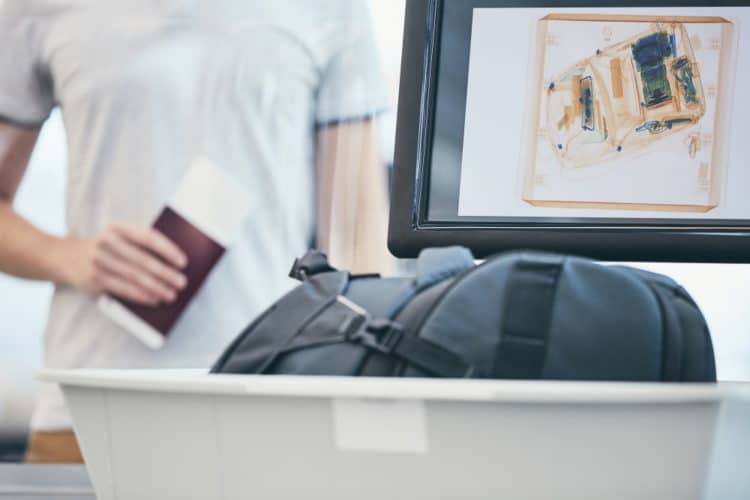
RECENT POSTS

Discover the Cruise Ports of Eastern Canada & Quebec
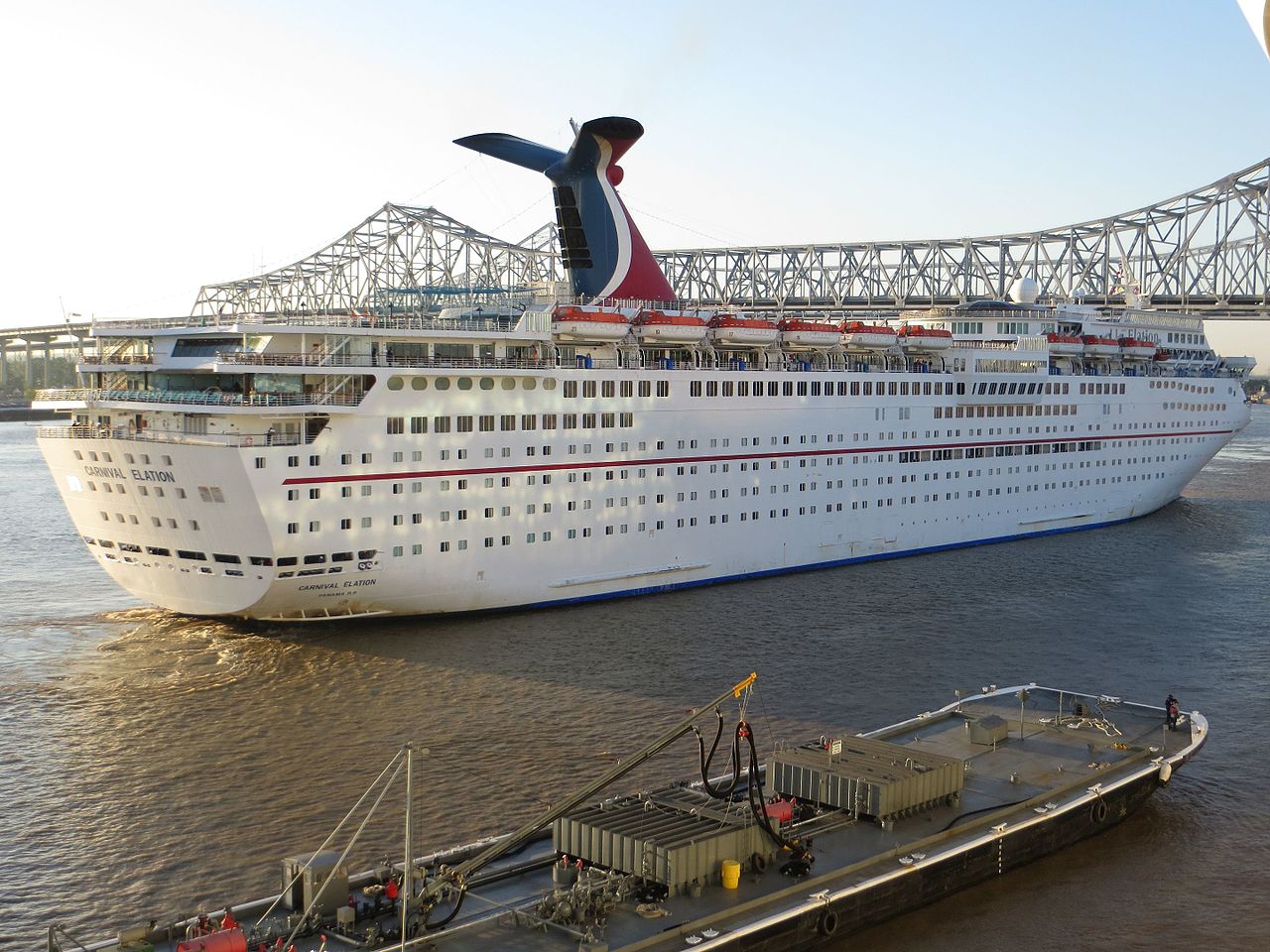
Inside the Worst Cruise Lines: Lowest-Rated Ships and Why They Disappoint
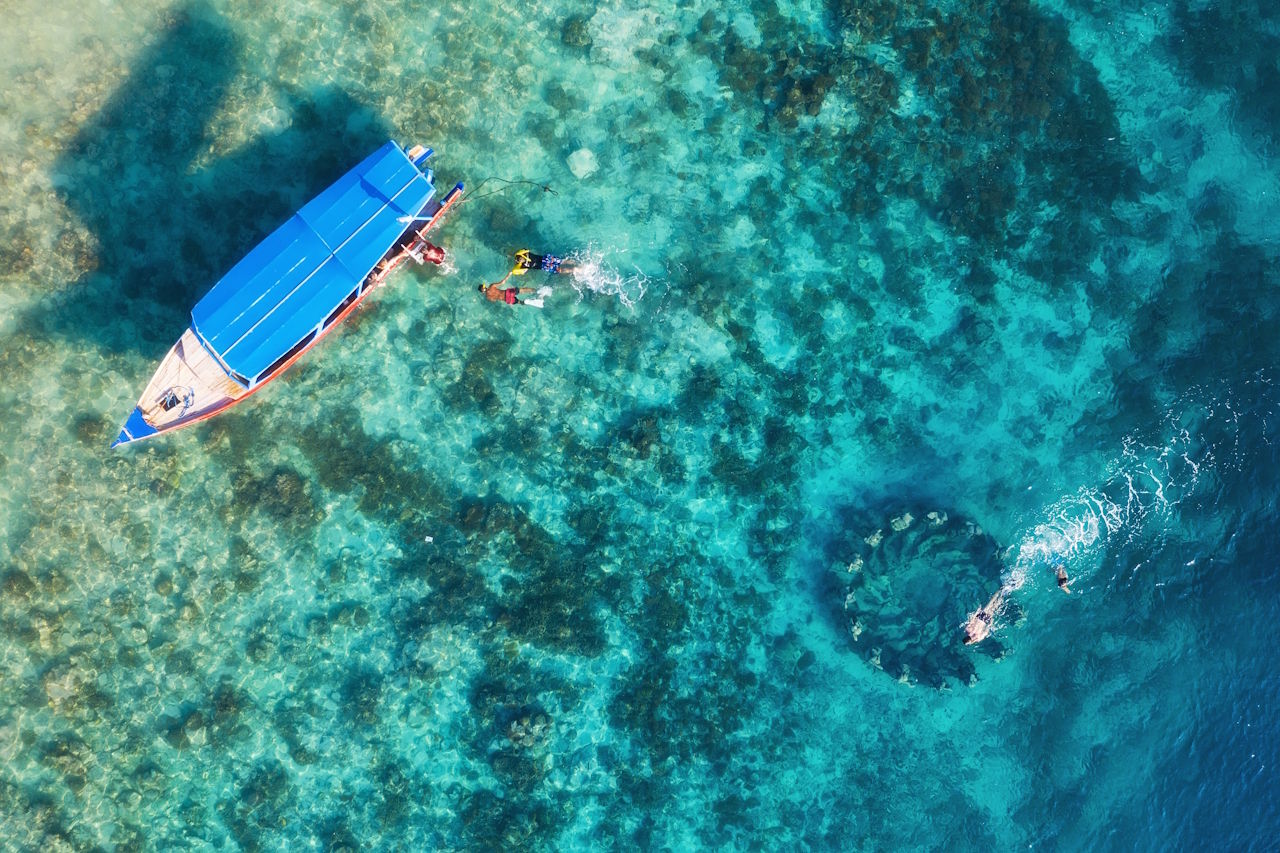
Snorkeling in Cozumel: A Cruise Passenger’s Guide for Your Port Day
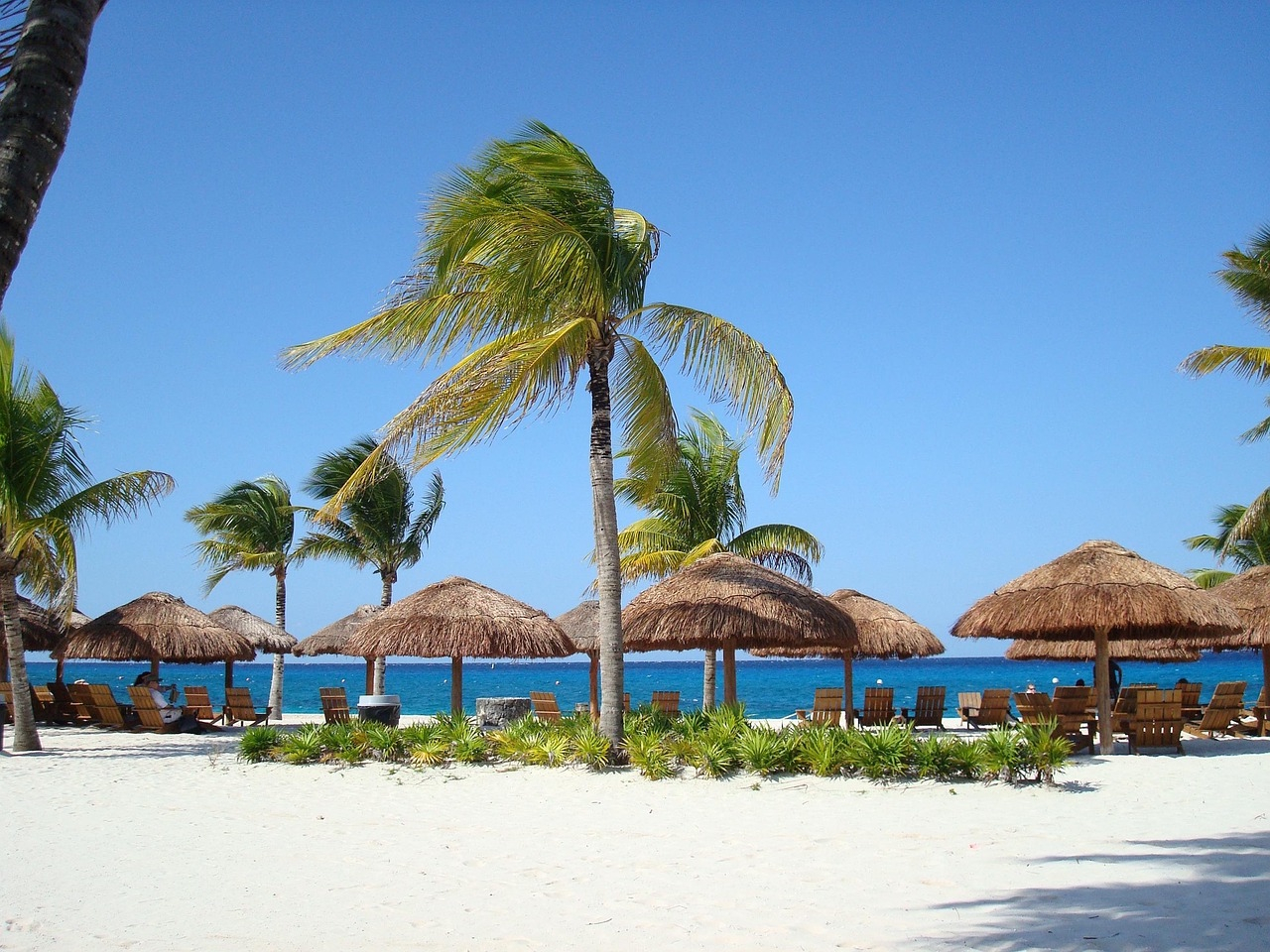
How to Make the Most of a Short Port Stop in Cozumel
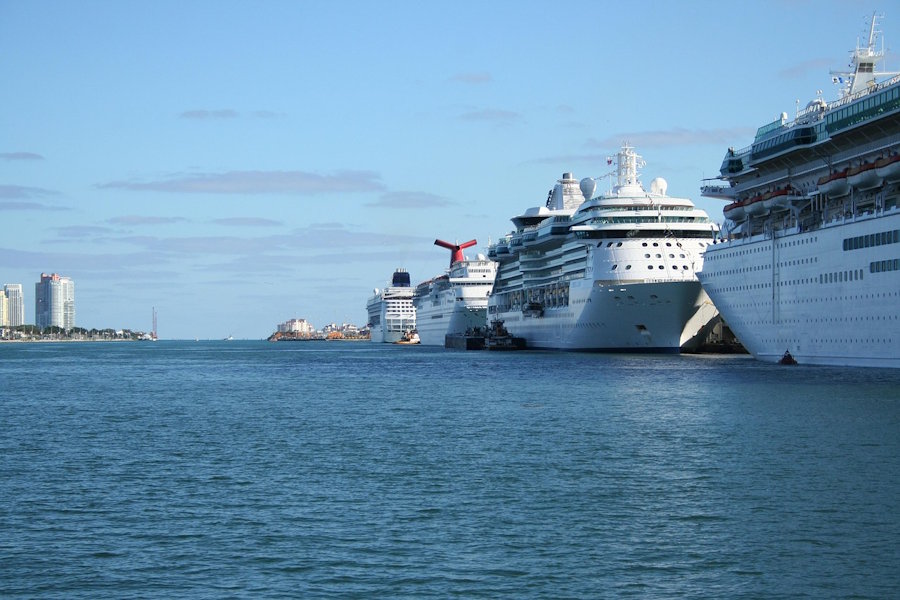
Cruise Ship Ports in Florida
